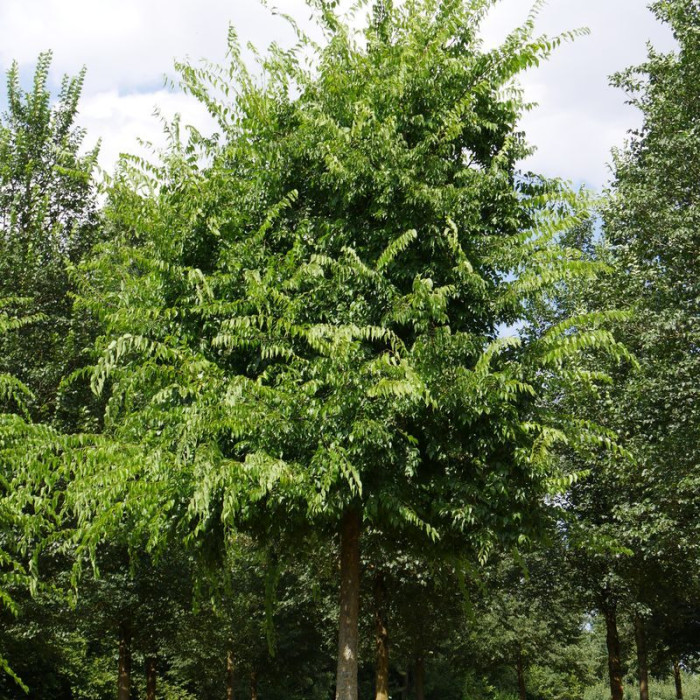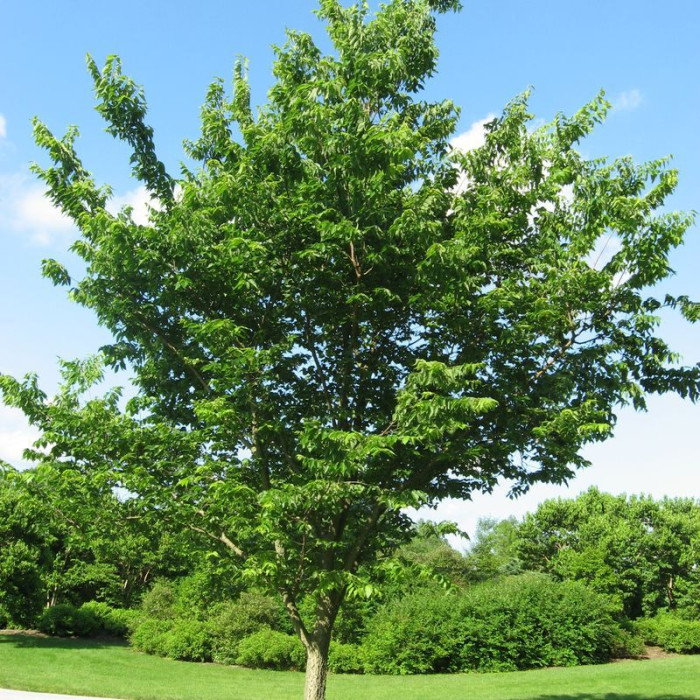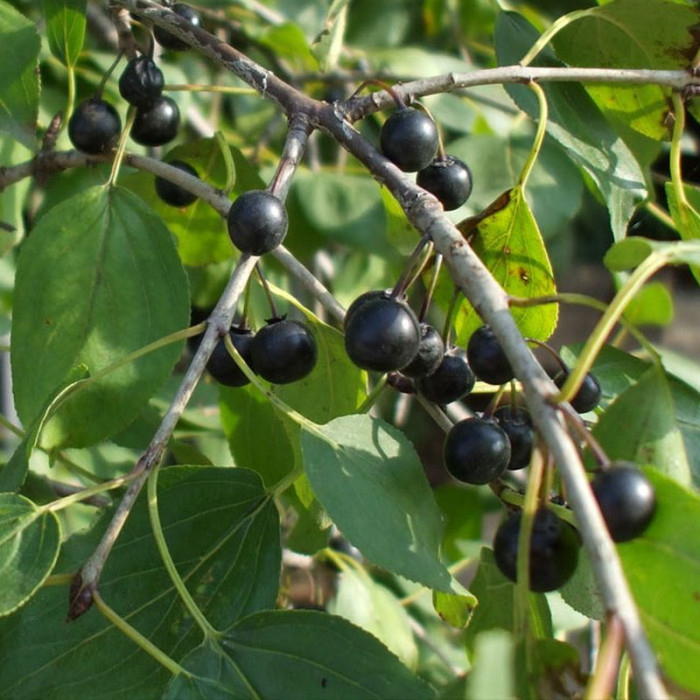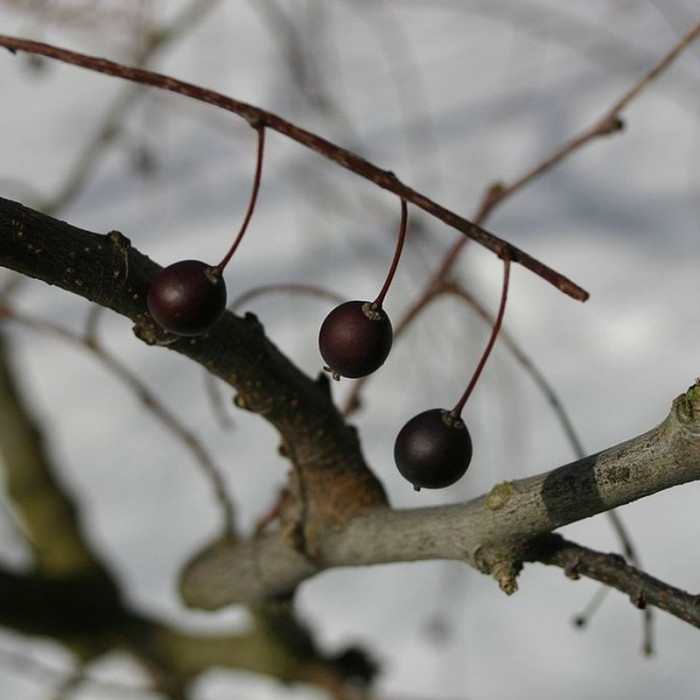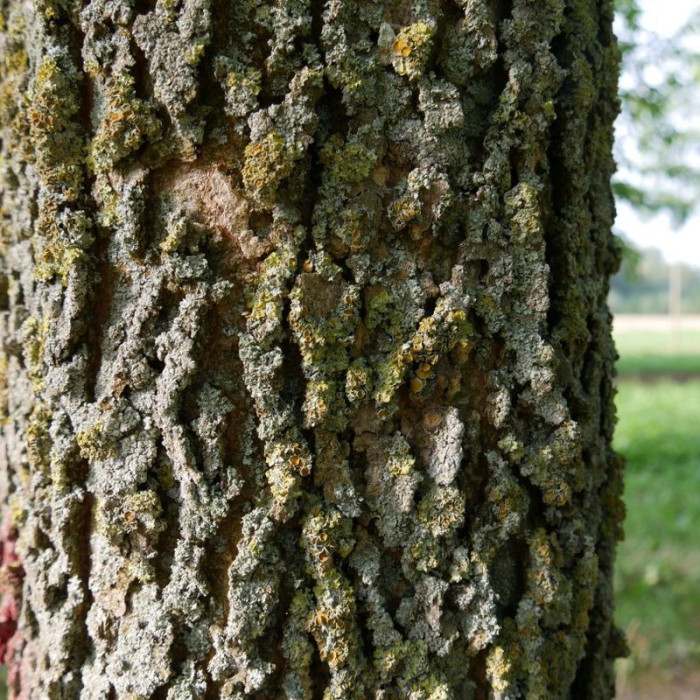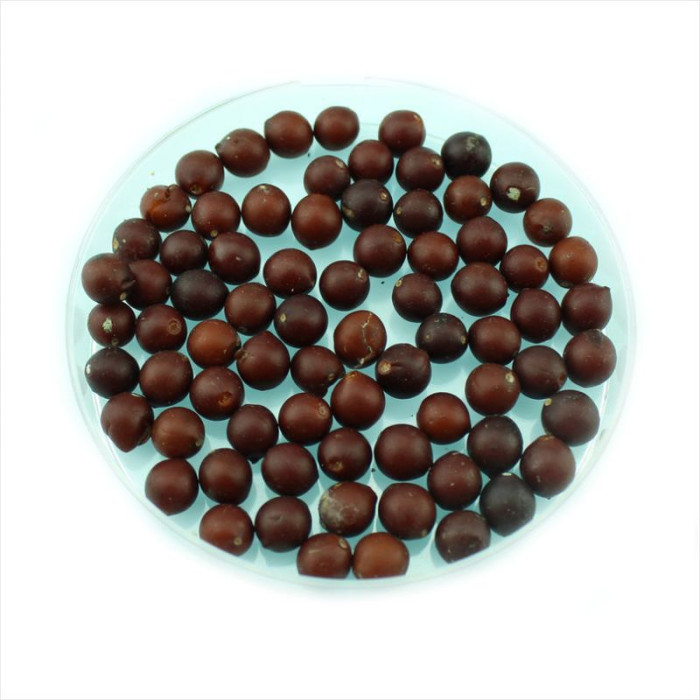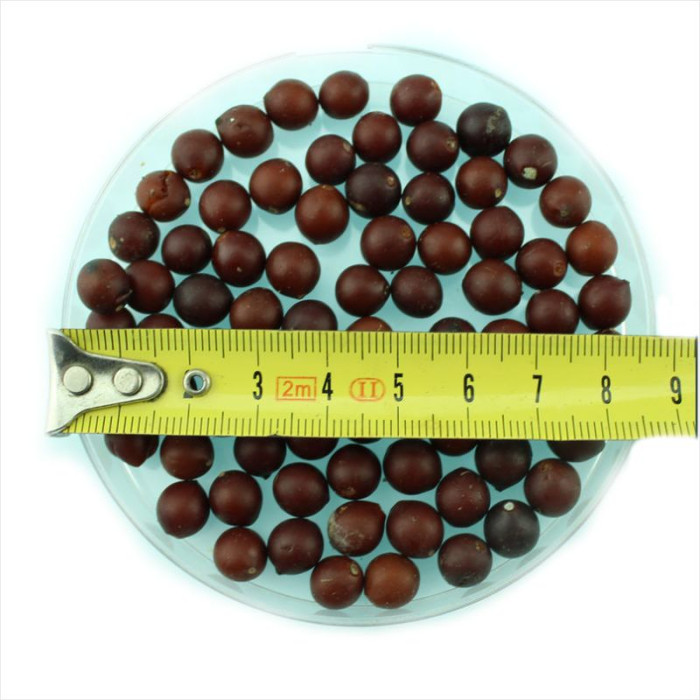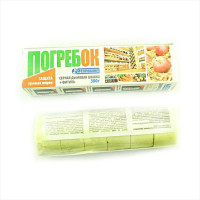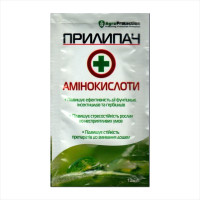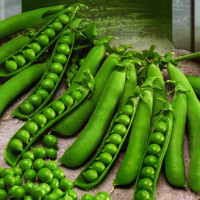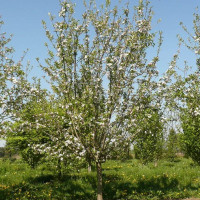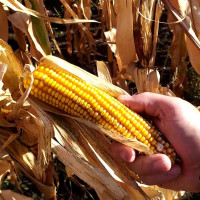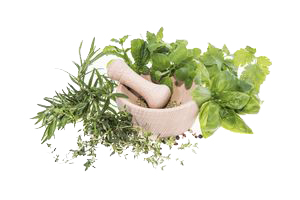Western hackberry / Celtis occidentalis L - it is also known as the nettletree, sugarberry, beaverwood, northern hackberry, and American hackberry - a large tree up to 40 m tall, with a beautiful broad-oval crown, large shiny, light green leaves up to 15 cm long; spherical, orange-red or dark purple fruits up to 1 cm in diameter.
Used in steppe afforestation.
It is distinguished by great drought resistance and light-loving properties. Grows well in dry soils. The most frost-resistant of all types of frames.
Decorative with dark relief-cracked bark of the trunk, crown shape, leaves and cherry-shaped fruits that remain on the branches in winter.
The fruits are spherical, dark purple, sometimes orange, 7-10 mm in diameter.
Flowering in April - May. Fruiting in September.
The fruits can be eaten. The taste is compared to dates, but no one collects the fruits, since there is very little edible pulp around the large seed. The fruits are very popular with many birds and other forest animals.
The tree has strong, flexible, very hard wood with a gray-brown core, used in carpentry, carving and turning, and used in the manufacture of wind instruments.
Used in park buildings.

No questions about this product, be the first and ask your question.


